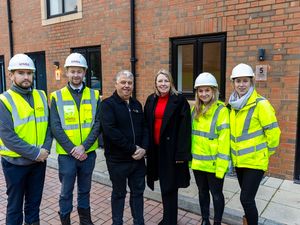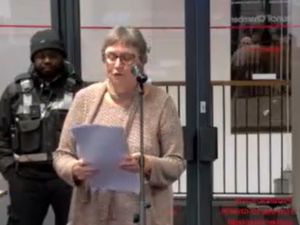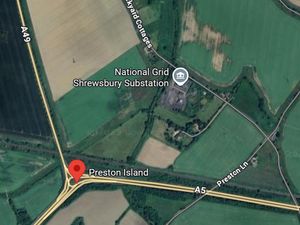Midlands land market is 'steady' despite pressures
Greenfield and urban land values fell in the second quarter of 2023, according to a new report by Savills.
The real estate advisor, with bases in Telford and Birmingham, said the values had fallen by 1.1 per cent and 1.3 per cent, taking total annual falls and greenfield and urban land to 4.4 per cent and 3.6 per cent respectively.
However, despite mounting downward pressures on land values, the ongoing lack of land supply is resulting in reasonable competition and maintaining land values in some markets, like the comparatively more affordable Midlands.
The report found that land buyers who are active remain selective and supply remains constrained – with 11 per cent fewer homes granted planning consent in England in the year to March 2023 compared to the previous 12 months.
However, the combination of high inflation, rising mortgage rates, falling house prices, ongoing build cost inflation and more modest new build sales rates aren’t yet being significantly reflected in the prices paid for land.
Bulk sales to Housing Associations and Single Family Housing investors are also increasingly common, the report noted.
Lydia McLaren, research analyst at Savills, says: “Assessing the change in development land values on a quarterly basis at the moment is difficult due to limited transactional evidence. However, based on the evidence and valuations we do have, we find that land values have continued to soften at a national level over the last quarter.”
Despite the challenging market backdrop the firm’s sentiment survey suggests there are signs that activity is picking up compared to the previous quarter. A net balance of 37 per cent of Savills development agents reported more positive market sentiment up from 23 per cent in March 2023.
The report found the number of bids has improved in both size and quality, signalling a return to a steadier land market equivalent to pre Covid-19 market conditions. However buyers have become much more cost-conscious, with a greater preference for deferred payments and conditionality on bids.
With the number of bids per site reaching a more stable equilibrium and the quality of bids improving for the best sites, the report suggests there is no evidence yet of distress or widespread forced sales.
The report found that appetite for land remains resilient and values are holding up for sites between 50-150 units in primary locations with no significant upfront infrastructure costs. Whereas sites in secondary and tertiary locations are more likely to see reductions in land values.
Andrew Galloway, Savills Midlands development lead, said: “Although some of the major housebuilders are cautiously returning to the land market, many are still largely out of the market and are working through their existing land pipeline. This is resulting in opportunities for other players to take advantage of a less competitive land market.
“Private housebuilders, supported by private equity, are seeking land in order to gain market share and achieve strong growth ambitions, and activity among SMEs is driven largely by pressures on planning and the need to squeeze margins to remain competitive. Housing Associations remain active in many regional markets, supported by grant funding, despite pressures to divert spending to existing stock improvements – with many increasingly growing in expertise and ability to generate successful offers to deliver new sites.”
Looking ahead to the second half of the year, Galloway added: “In the short term, if the supply of land remains constrained then the land market is likely to continue operating in its current form, broadly maintaining values for straightforward deliverable sites, as they are relatively few and far between. But in weaker markets with greater land supply, there are likely to be more significant falls in land values; and there may also be pressure on values for more challenging sites where landowners are forced to sell.
“Whilst the mix of economic uncertainty, housing market pressures and the additional costs required to deliver sites will continue to put pressure on land values, the levels of competition are likely to be steady as the major housebuilders cautiously return to the land market to selectively replenish their landbanks alongside sustained demand from alternative parties.”





